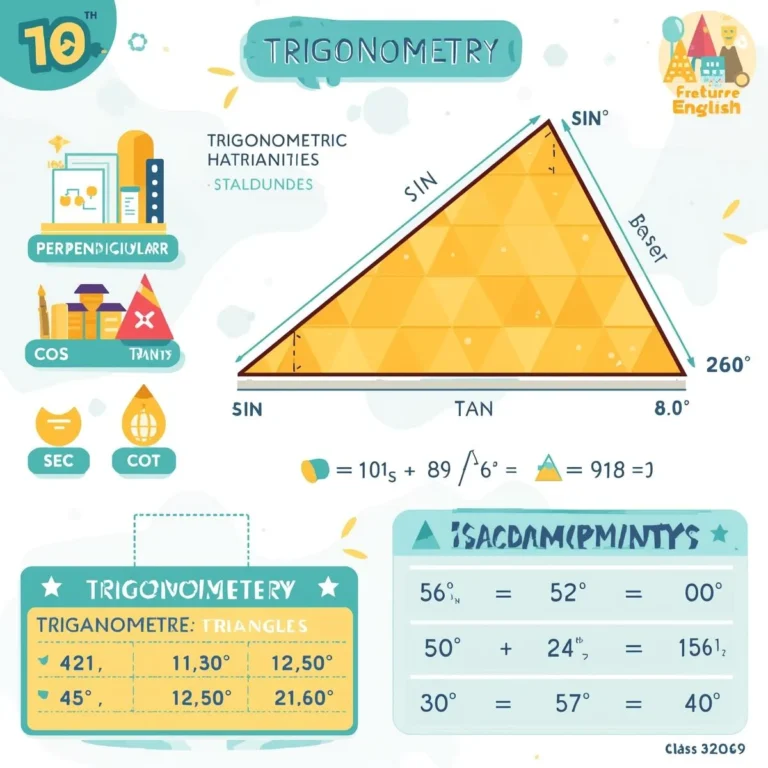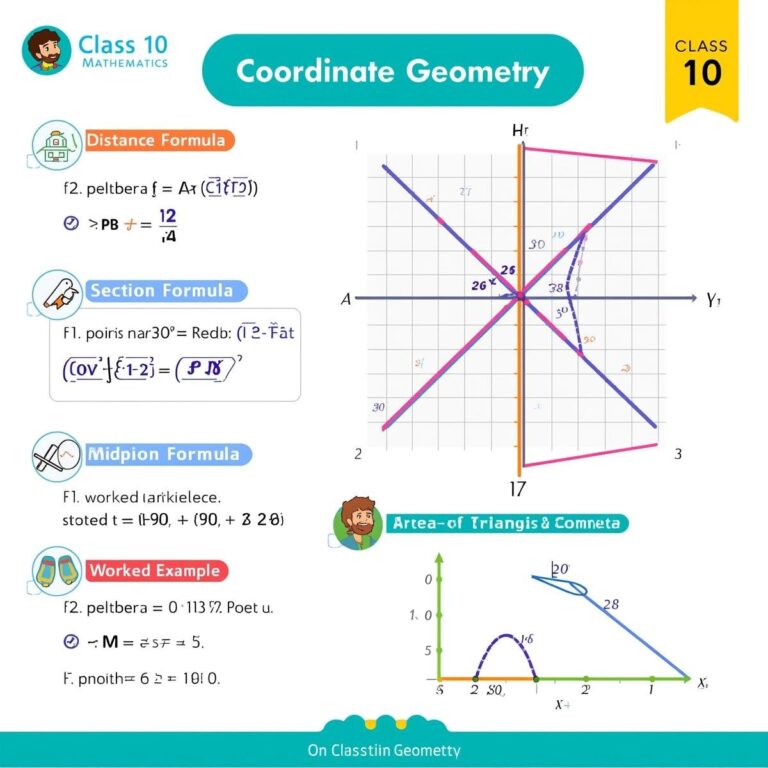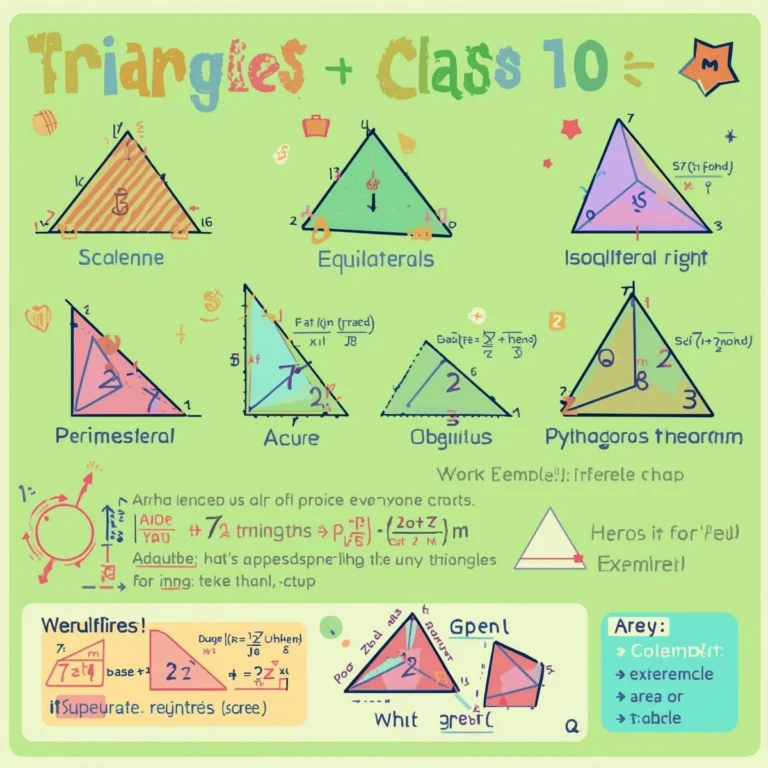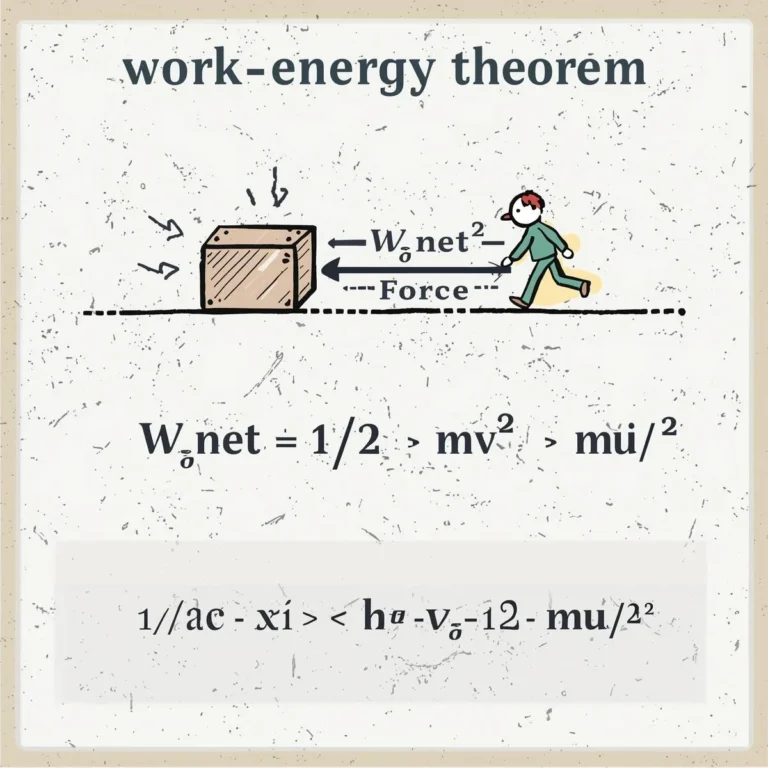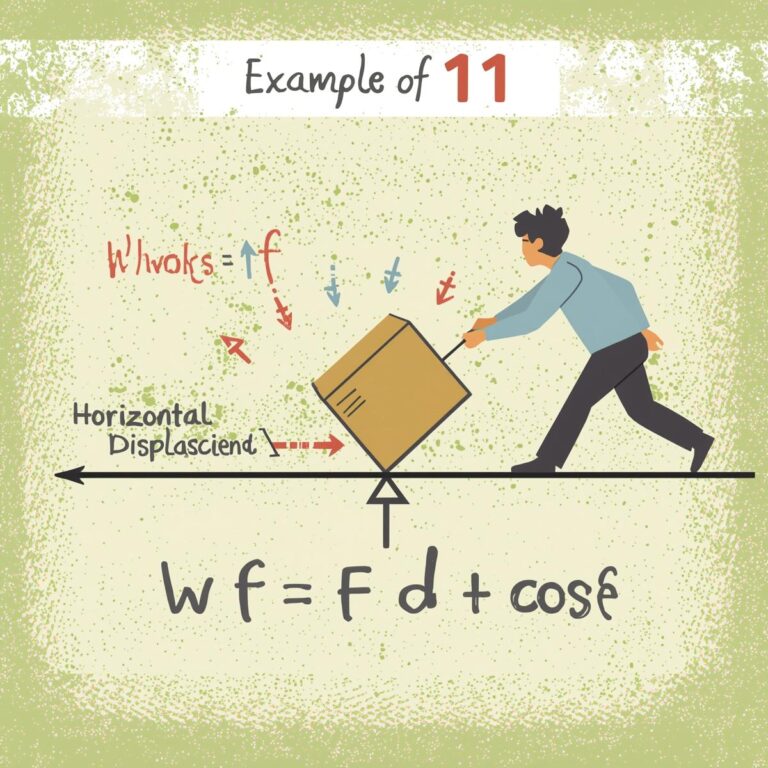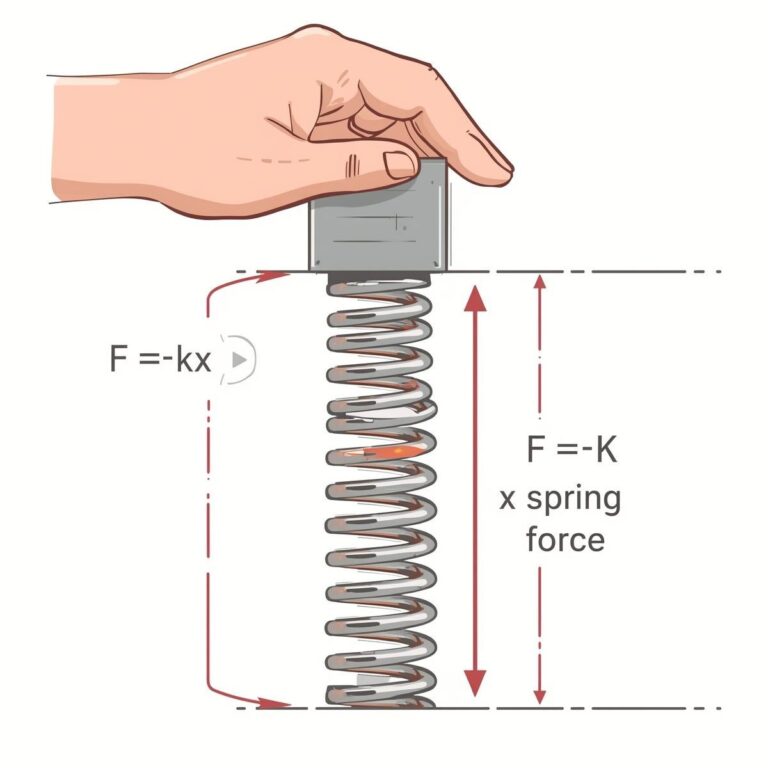Definition
A pair of linear equations in two variables is a set of two equations, each of the form
( a_1x + b_1y + c_1 = 0 )
( a_2x + b_2y + c_2 = 0 )
where ( x ) and ( y ) are variables, and ( a_1, b_1, c_1, a_2, b_2, c_2 ) are real numbers, with ( a_1^2 + b_1^2 \neq 0 ) and ( a_2^2 + b_2^2 \neq 0 ).
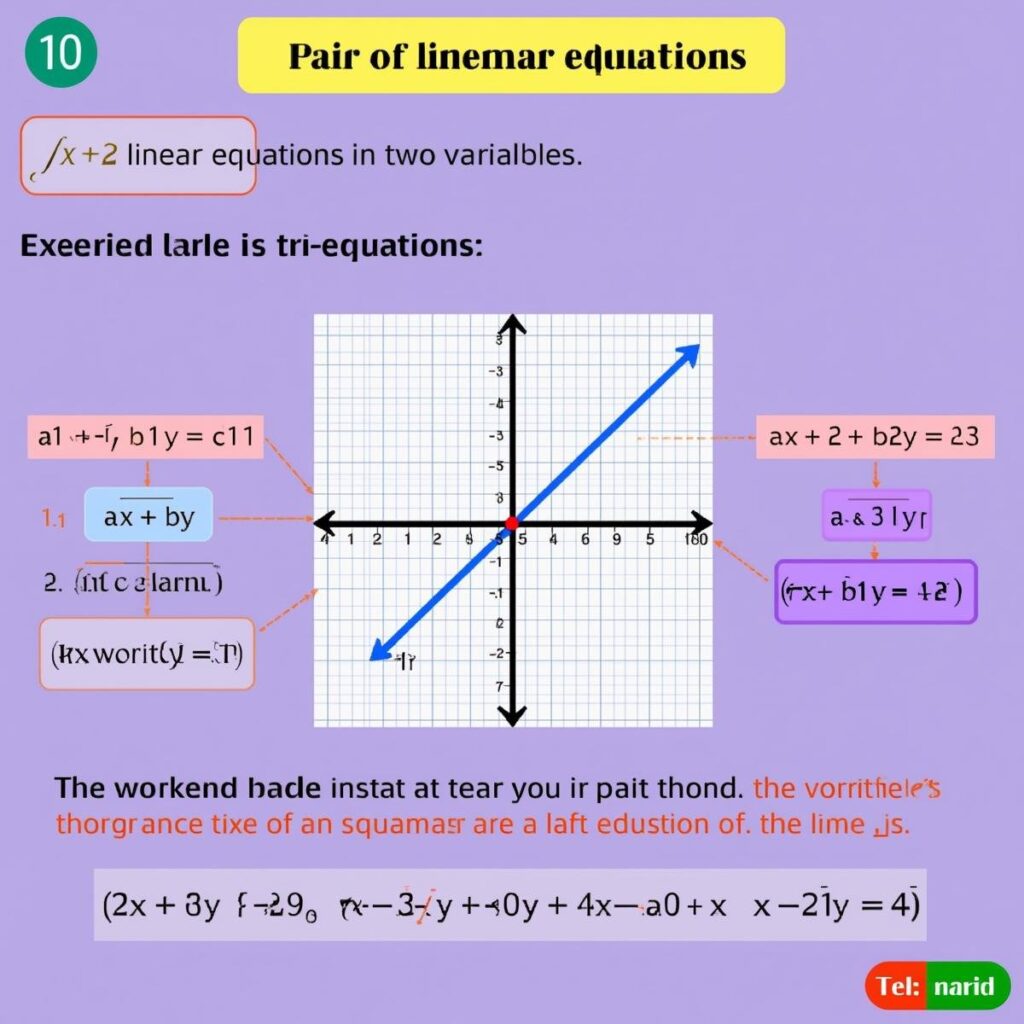
Example
Solve the following pair of equations:
( 2x + 3y = 13 )
( x – 2y = -4 )
Methods of Solving
1. Substitution Method
- Express one variable in terms of the other using one equation.
- Substitute this value in the second equation to find the value of one variable.
- Substitute back to get the other variable.
2. Elimination Method
- Multiply one or both equations to make the coefficients of one variable equal.
- Add or subtract the equations to eliminate one variable.
- Solve for the remaining variable, then substitute back.
3. Cross-Multiplication Method
For equations:
( a_1x + b_1y + c_1 = 0 )
( a_2x + b_2y + c_2 = 0 )
The solution is:
[ \frac{x}{(b_1c_2 – b_2c_1)} = \frac{y}{(c_1a_2 – c_2a_1)} = \frac{1}{(a_1b_2 – a_2b_1)} ]
Types of Solutions
- Unique Solution (Intersecting Lines):
( \frac{a_1}{a_2} \neq \frac{b_1}{b_2} ) - Infinitely Many Solutions (Coincident Lines):
( \frac{a_1}{a_2} = \frac{b_1}{b_2} = \frac{c_1}{c_2} ) - No Solution (Parallel Lines):
( \frac{a_1}{a_2} = \frac{b_1}{b_2} \neq \frac{c_1}{c_2} )
Example Solution (Elimination Method)
Given:
( 2x + 3y = 13 )
( x – 2y = -4 )
Multiply the second equation by 2:
( 2x – 4y = -8 )
Subtract from the first equation:
( (2x + 3y) – (2x – 4y) = 13 – (-8) )
( 2x + 3y – 2x + 4y = 13 + 8 )
( 7y = 21 )
( y = 3 )
Substitute ( y = 3 ) into ( x – 2y = -4 ):
( x – 2 \times 3 = -4 )
( x – 6 = -4 )
( x = 2 )
Solution: ( x = 2, y = 3 )
Summary Table
| Form | General Equation | Example |
|---|---|---|
| Linear Equation in Two Variables | ( ax + by + c = 0 ) | ( 2x + 3y = 13 ) |
| Pair of Linear Equations | ( a_1x + b_1y + c_1 = 0 ), ( a_2x + b_2y + c_2 = 0 ) | ( 2x + 3y = 13 ), ( x – 2y = -4 ) |
Key Formulas
- General form: ( a_1x + b_1y + c_1 = 0 ), ( a_2x + b_2y + c_2 = 0 )
- Cross-multiplication:
[ \frac{x}{(b_1c_2 – b_2c_1)} = \frac{y}{(c_1a_2 – c_2a_1)} = \frac{1}{(a_1b_2 – a_2b_1)} ] - Condition for unique solution: ( \frac{a_1}{a_2} \neq \frac{b_1}{b_2} )
- Condition for no solution: ( \frac{a_1}{a_2} = \frac{b_1}{b_2} \neq \frac{c_1}{c_2} )
- Condition for infinitely many solutions: ( \frac{a_1}{a_2} = \frac{b_1}{b_2} = \frac{c_1}{c_2} )
